Discover practical methods for decluttering kids’ toys to create a more organized, efficient, and stress-free environment at home.
Decluttering children’s toys can seem like an overwhelming task, but with the right strategy, it’s easier than you might think.
The key is to sort, categorize, and organize in a way that makes sense for your child and your home.
This article will guide you through a step-by-step process, providing practical tips and proven strategies to help you transform a chaotic toy collection into an organized, manageable system.
Whether you’re dealing with a mountain of stuffed animals or an avalanche of action figures, you’ll find all the information you need right here to declutter those toys effectively and efficiently.
Understanding the Importance of Decluttering
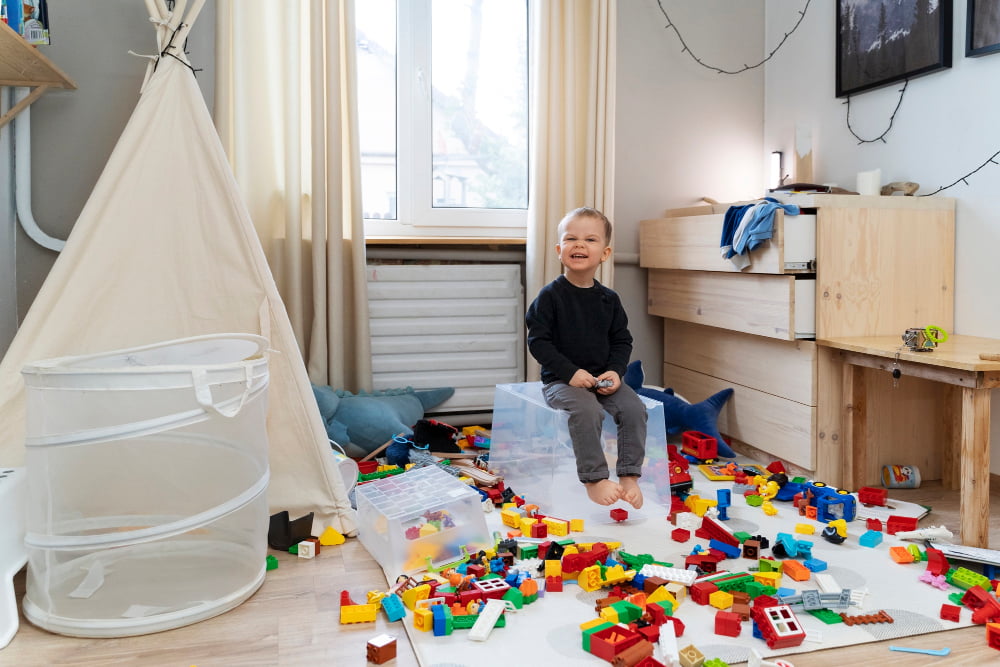
Organizing and reducing toys aids in the development of a cleaner, more manageable space. It simplifies routines and foster better mental well-being.
Excessive toys can overwhelm children, leading to overstimulation and decision-making fatigue. By keeping the toy count in check, children can focus better and engage more deeply in play, enhancing their creativity.
Thus, decluttering serves both a practical and psychological purpose, promoting a healthier environment for your children to live, play, and grow.
Recognizing Signs of Excess Toys
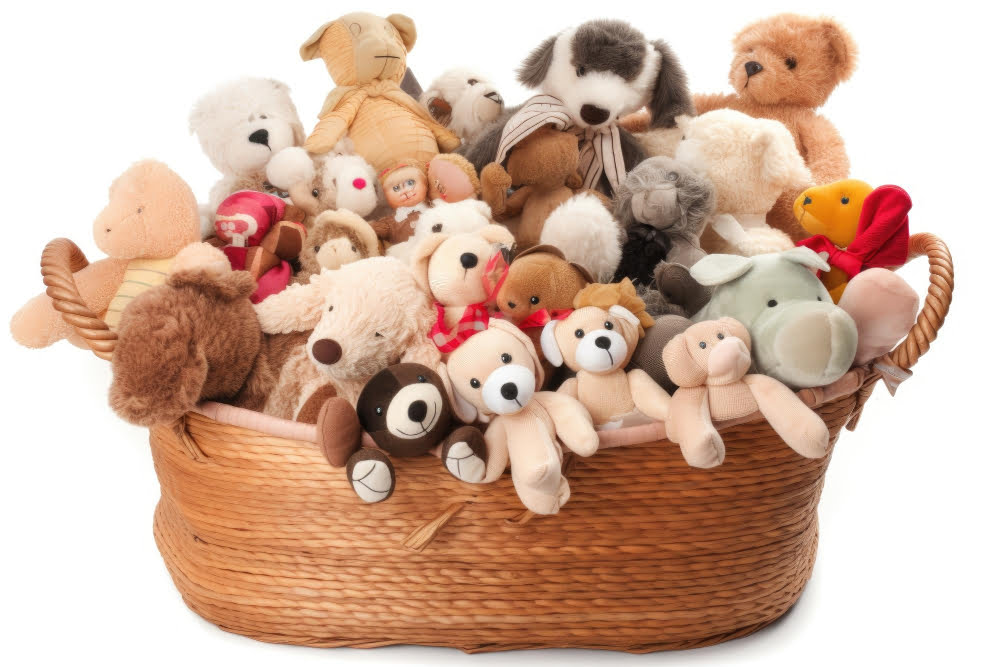
It’s easy for toy collections to get out of hand.
A clear indicator of an excessive amount of toys is when storage spaces are overflowing.
When toy chests can’t close, shelving units are crammed, and toys spill out into non-toy areas of the home, it’s time to cut down.
Another sign is if your child hasn’t played with a toy in quite while, or if they can’t even remember what toys they own.
Also, the presence of multiple similar items – for example, several dolls or action figures of the same character – can indicate accumulation.
Lastly, if cleaning up the toys seems like an overwhelming task, it’s a sign there are too many.
Acknowledging these red flags is the first step towards solving the problem.
Explaining Decluttering to Kids
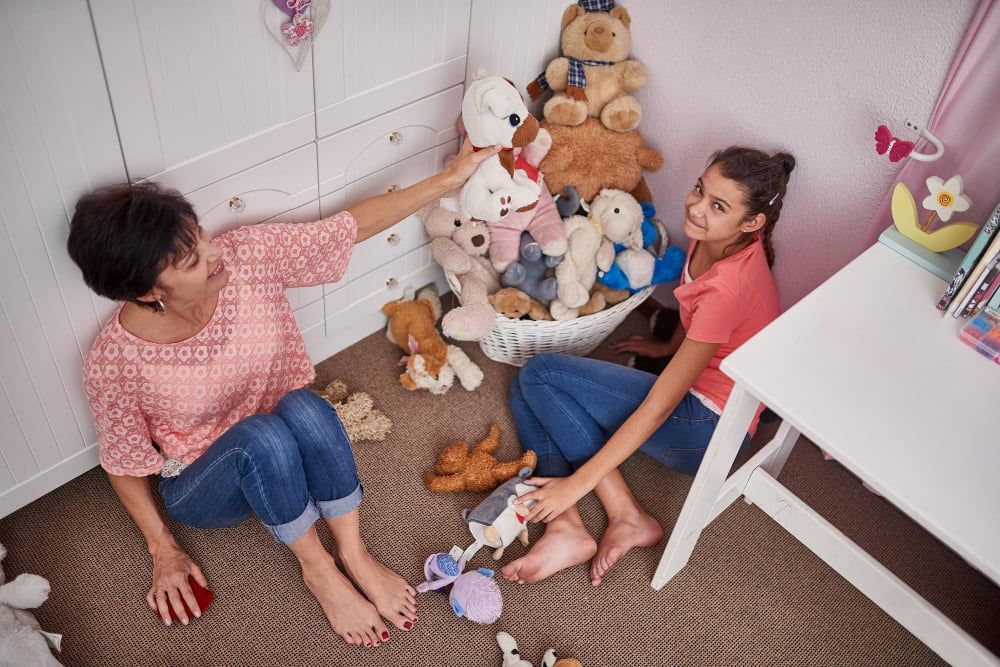
It’s critical to involve children in decluttering efforts, but first, they need to understand the concept.
Explain it as a way of making space for new things by letting go of items that are no longer used or loved.
Be honest and explain how some toys might be donated to children who don’t have as many, which can also teach empathy and generosity.
For very young children, use simple language and concrete examples that they can understand.
Remember, it’s not about getting rid of everything, but about creating a clutter-free space where they can play and enjoy their favorite toys more easily.
Demonstrate this idea through play, using toy containers as an example, to illustrate how too many objects can result in a disordered, overwhelming environment.
Sorting Toys: Keep, Donate, Throw Away
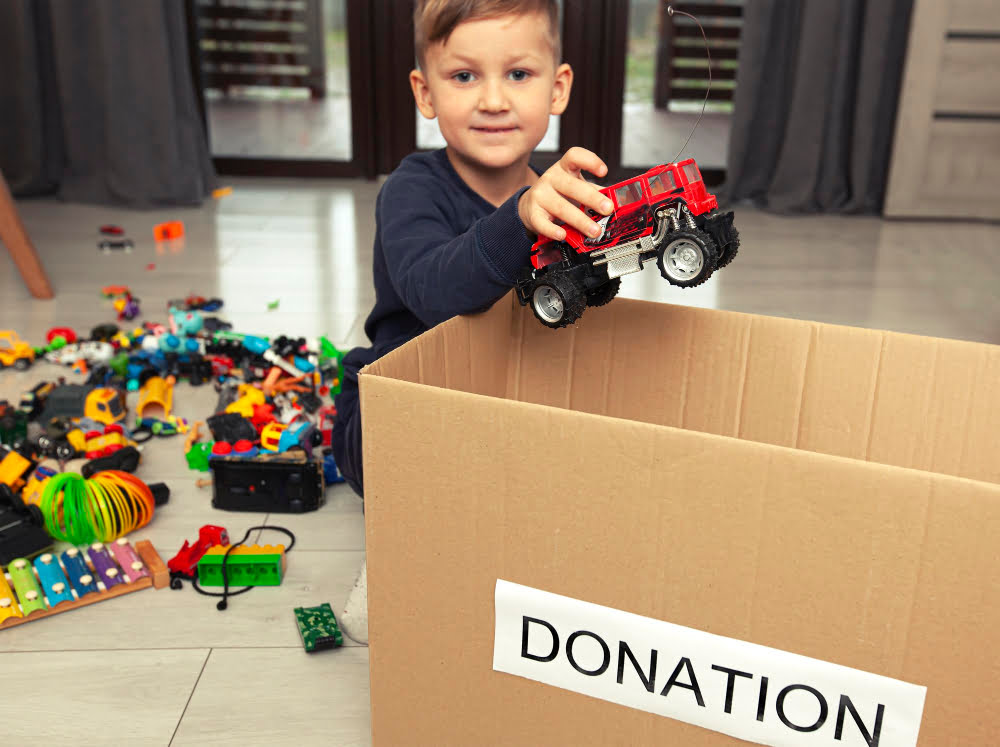
Begin by separating all the toys into three distinct piles according to their condition and your child’s interest in them.
The ‘Keep‘ pile should include toys that your child frequently plays with, educational items, and sentimental pieces.
The ‘Donate‘ pile should include gently-used toys that your child has outgrown or lost interest in. This can also include duplicates.
The ‘Throw Away‘ pile should include broken toys or those so worn they are no longer usable or safe. Think carefully about each item and where it belongs.
Involve your child in this process where appropriate to help them understand the value of decluttering and donating.
This first categorization will provide a solid foundation for the following stages of the decluttering process.
Involving Your Child in the Process
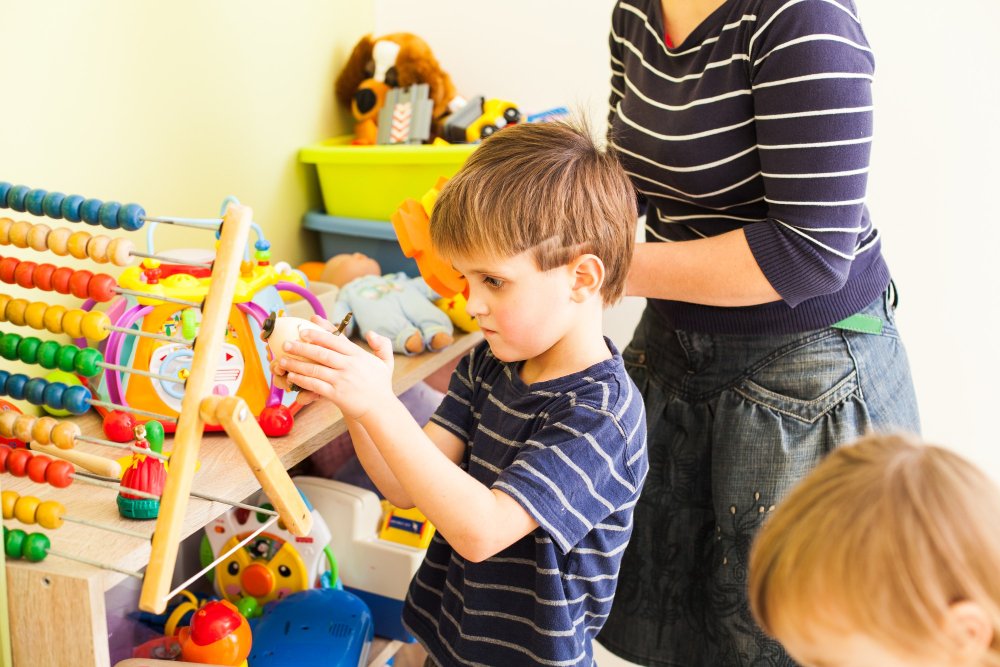
Start by walking your child through the process. Emphasize that the goal isn’t to get rid of everything, but to create a more enjoyable space by making room for the toys they truly value and love. Encourage them to make choices about what stays and what goes. This will empower them and promote a sense of responsibility.
Present decluttering as a team effort. A cooperative approach ensures your child feels validated, reducing potential resistance. Discuss categorizing toys into “keep,” “donate,” and “dispose” sections. Provide helpful guiding questions to aid decision-making such as “Do you still play with this?” or “Does the toy still work?”
Promote empathy by explaining that donated toys can bring joy to other children. Also, use this exercise to teach the importance of recycling when disposing of broken toys.
Remember, patience is crucial during this process. This task may be emotionally challenging for kids, so breaks or splitting the process across several days may be necessary to prevent overwhelm. Involving your child in the decluttering process respects their feelings, teaches valuable life skills, and fosters a sustainable organized environment.
Dealing With Emotional Attachments to Toys
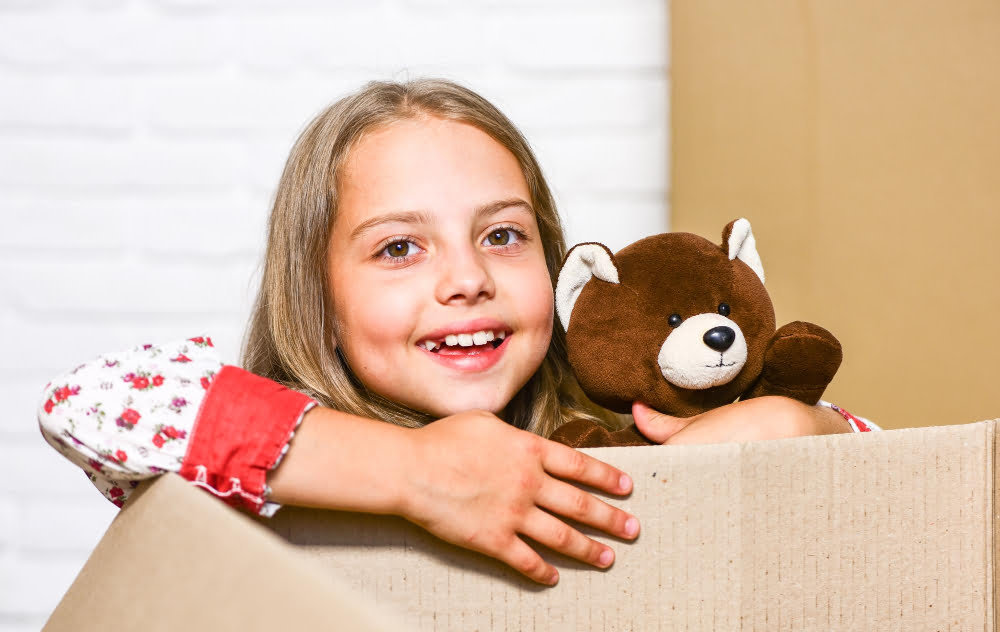
Children often form strong emotional connections to their toys, treating them as friends or comfort objects. It is crucial, therefore, to handle these bonds with sensitivity.
Encourage your child to express their feelings about parting with certain items. Discuss the joy another child might feel upon receiving the toy, thus fostering a sense of empathy and sharing.
For sentimental keepsakes, consider setting aside a limited number of special items. By doing so, children learn to prioritize and understand that, while it’s okay to hold onto things that bring them joy, it’s also important to let go of things they no longer need or use.
Tackling Decluttering One Category At a Time
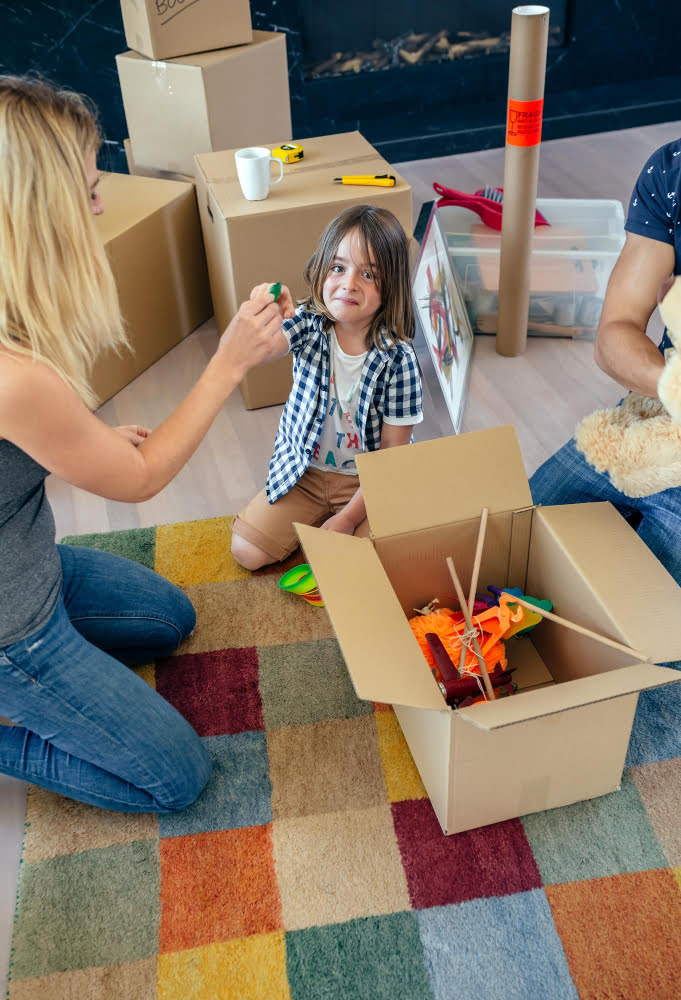
Start with the largest category of toys such as stuffed animals or action figures.
Take everything out and spread it on the floor so that you see the scope of the task at hand.
Together with your child, separate them into piles of ‘Keep,’ ‘Donate,’ and ‘Throw Away.’
For the ‘Keep’ pile, make sure these toys are favorites or are actively being played with.
Be stern, yet sensitive; remember the aim is to create space and promote organization.
After sorting one category, move on to the next.
Could it be books, legos, or cars?
Go through the same process.
This systematic approach ensures a thorough decluttering process without being overly daunting for either of you.
At last, dispose of, donate or store away the sorted toys accordingly, before moving to the next type.
How to Make Decluttering Fun for Kids
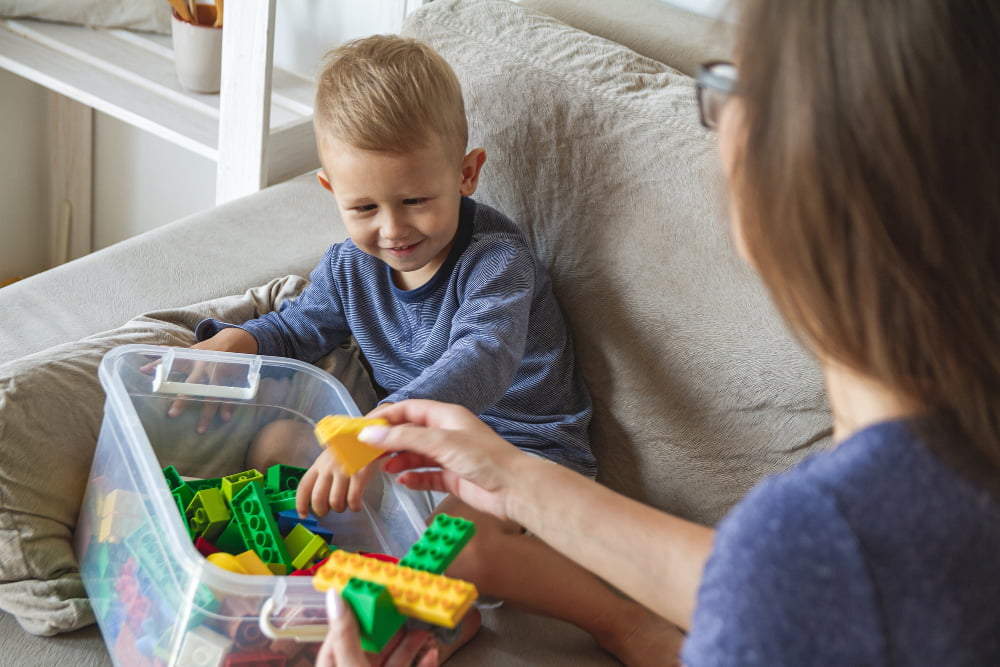
Encourage active participation by turning the decluttering process into a game. For instance, set a timer and challenge your child to decide on ten toys to donate before time runs out.
You can also create a reward system, offering small incentives for accomplishing decluttering tasks.
Using colorful storage bins and letting your child choose where to place their toys can make the process more enjoyable and engaging.
Furthermore, storytelling can be effective – you could suggest that unused toys want to be played with and they could make another child happy.
This light-hearted, interactive approach can help children view decluttering as a positive, fun activity.
Tips for Selecting Toys to Keep
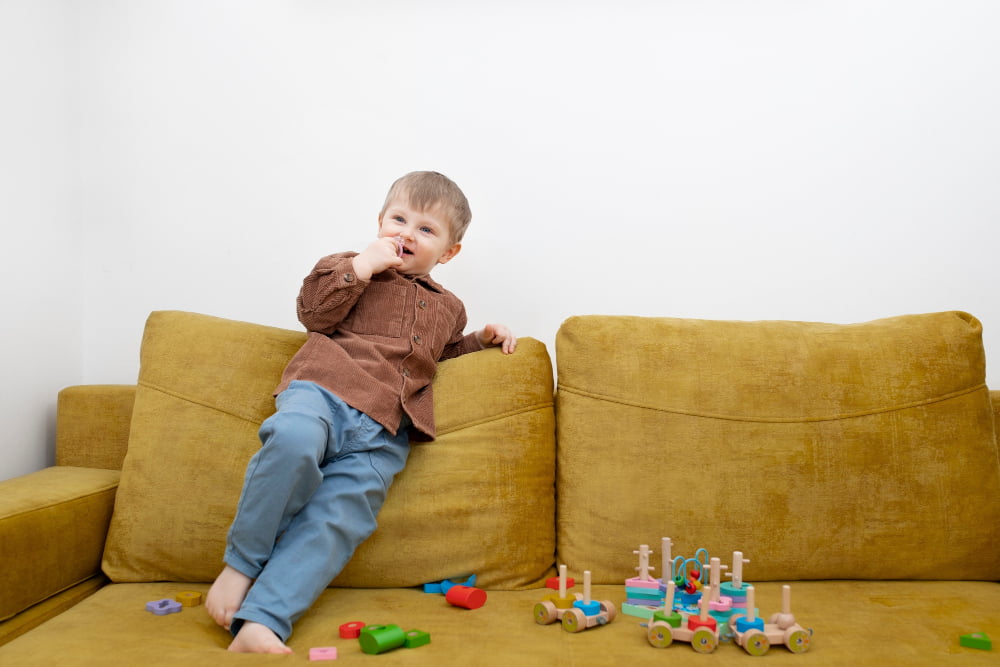
When choosing the toys to keep, prioritize those that encourage creativity, problem-solving, and open-ended play. These toys typically have a longer lifespan and offer kids a wide range of play possibilities. For instance, building blocks, puzzles, and arts and crafts supplies can be used in countless ways.
Consider the age-appropriateness and long-term value of each toy. A toy may be special, but if it’s no longer suitable for your child’s age or interest level, it’s time to let it go.
Keep an eye for toys that have sentimental value, like a cherished stuffed animal or a gift from a loved one. These keepsake items can be displayed on a shelf or kept in a special memory box.
Don’t forget to include your child in these decisions, when appropriate. Their input is valuable in understanding what they genuinely enjoy, and it can teach them about making decisions and letting go.
Lastly, remember the aim of this process is not to get rid of as many toys as possible, but to maintain a balanced and manageable collection that enriches your child’s play experience.
Donating Toys: Where and How?
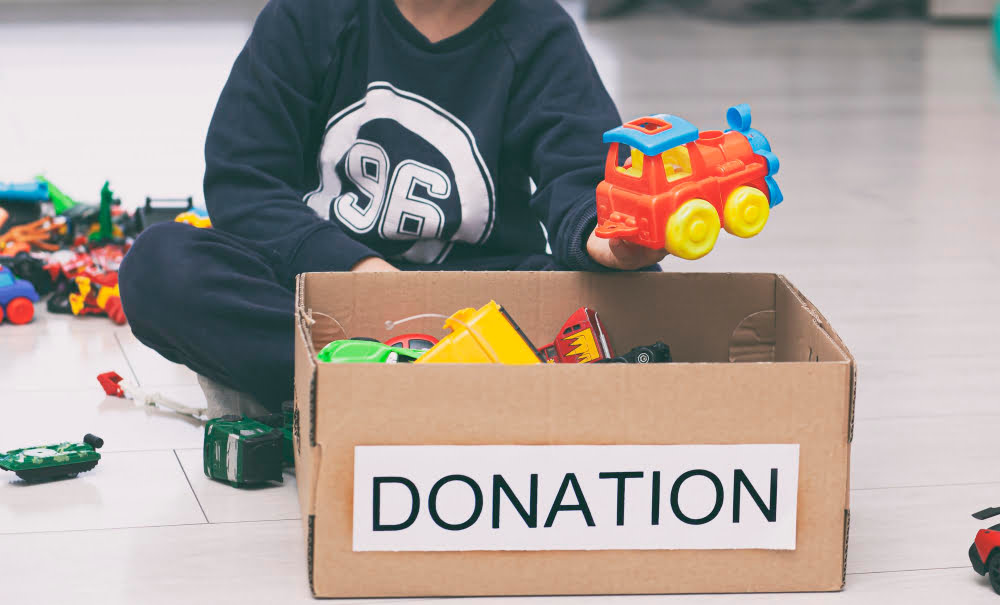
With sorted toys labeled for donation, the next step is figuring out the best place to take them. Numerous organizations accept gently used toy donations and distribute them to families in need. Nonprofits like Goodwill and The Salvation Army typically accept toys, and local hospitals or shelters may also welcome donations.
Before packing a bag, contact the organization to ensure they accept used toys. Ensure that the toys are cleaned thoroughly to follow health and safety guidelines. It might also be beneficial to consider places that do direct donations; schools or daycares might need toys.
The process is often as simple as packing and dropping them off at your chosen location. Remember, it’s not just about decluttering your home; it’s also about creating joy for another child with a toy that your kid no longer uses.
Safe Disposal of Old Toys
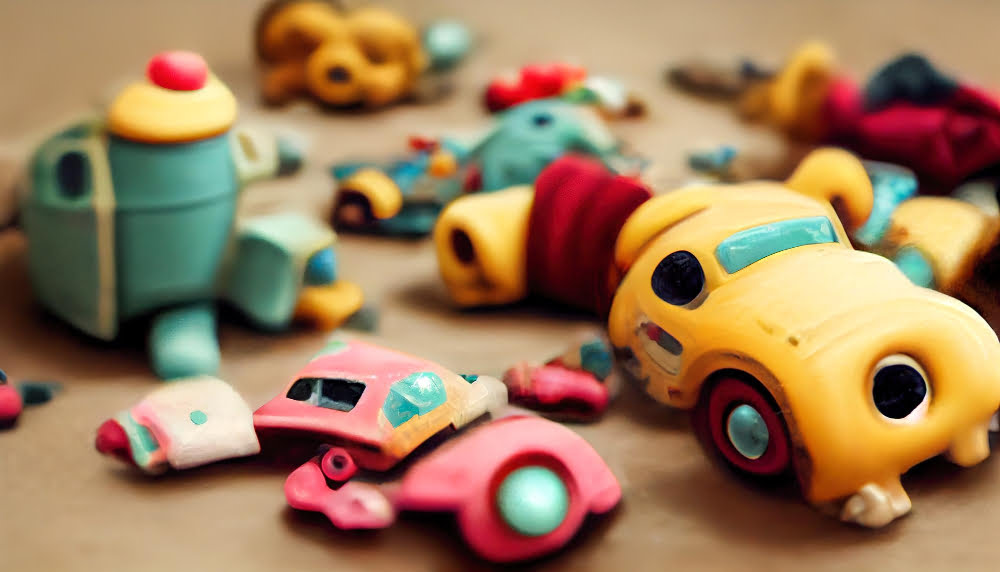
Damaged toys can present safety hazards if not disposed of correctly.
Firstly, confirm whether the toy contains batteries or not. Batteries should be removed and recycled at designated recycling points due to their potential toxicity.
Small broken parts can also pose a choking risk; tightly bag these pieces before discarding.
For larger items, like bicycles or play structures, find a recycling facility that handles metal and plastic.
Always follow local guidelines for waste disposal to ensure you’re doing right by the environment.
Organizing Remaining Toys
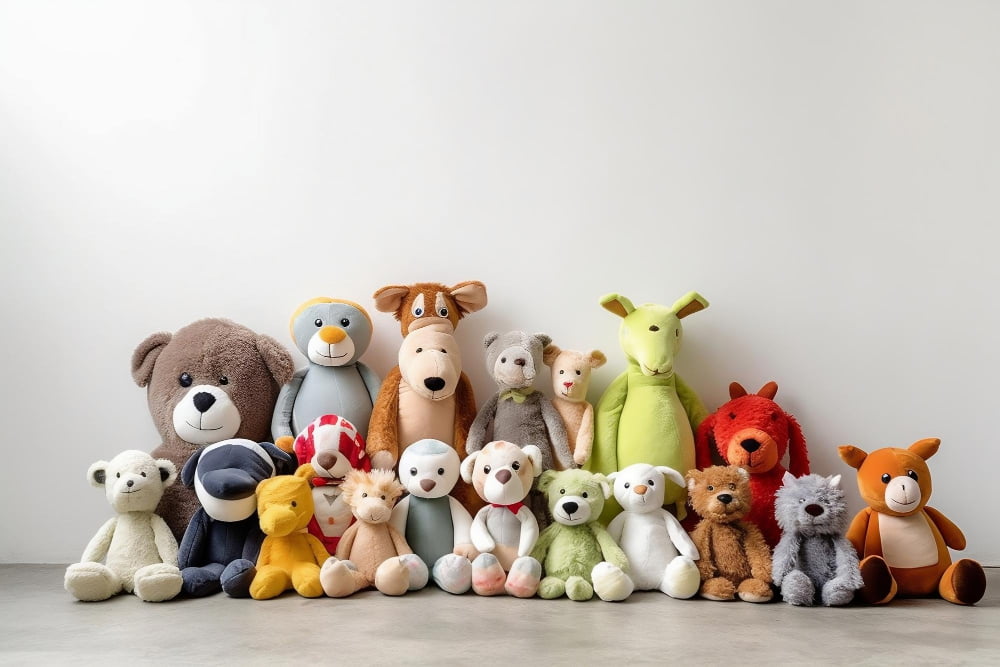
Transitioning from decluttering to organization is your next step. Start by categorizing toys based on type or functionality. Assign each category a specific storage space according to its size and frequency of use. Larger toys could utilize floor bins, while smaller ones might fit in stackable, see-through plastic boxes. Label where applicable.
Another helpful method is to rotate toys. Store some away and swap them every few weeks. This keeps the toy collection fresh and exciting for your child, without adding any new items.
Ensure the toy storage systems are easily accessible and child-friendly. Your child should be able to reach for their favorite toy and return it back effortlessly. Grouping similar items together aids in easy identification and cleanup.
Regular tidy-up times should be established to maintain organization. This could be before dinner, or before bedtime. Encouraging your child to participate in this maintains the system and nurtures their sense of responsibility.
Remember, the end goal of organizing is to create a system that helps your child manage their toys effectively. Tailor strategies to your child’s age, interests, and abilities for the best results.
Setting Decluttering Limits for the Future
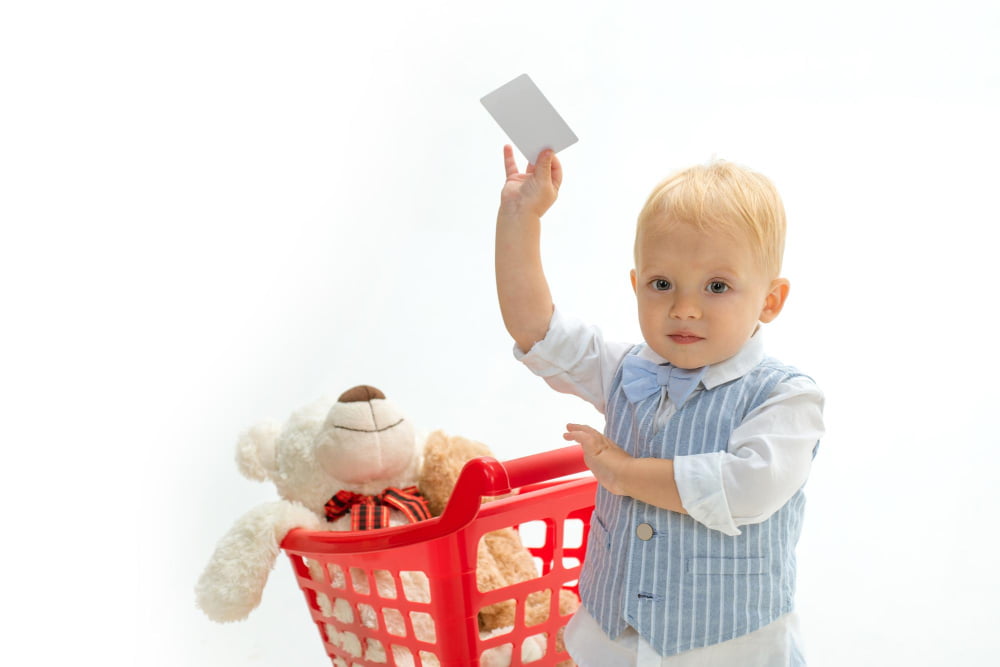
Establishing a rule like “one in, one out” helps maintain a balanced toy collection. Whenever a new toy enters the home, an old one must be donated or discarded. This not only prevents accumulation but also reinforces the value of giving.
Likewise, setting a limit on the number of toys for each category (e.g., dolls, cars, board games) prompts critical thinking on which items are truly worth keeping. These limits help children understand that space is finite, and thoughtful selection of their possessions is necessary. Remember, consistency is key in implementing these guidelines.
Implementing limits should extend to gifting occasions as well. Encourage family and friends to give experiences or needed items, like books or clothes, rather than toys on birthdays or holidays. This approach redirects attention from accumulating toys to collecting memories and useful items and contributes significantly to maintaining long-term organization.
Establishing a Regular Decluttering Routine
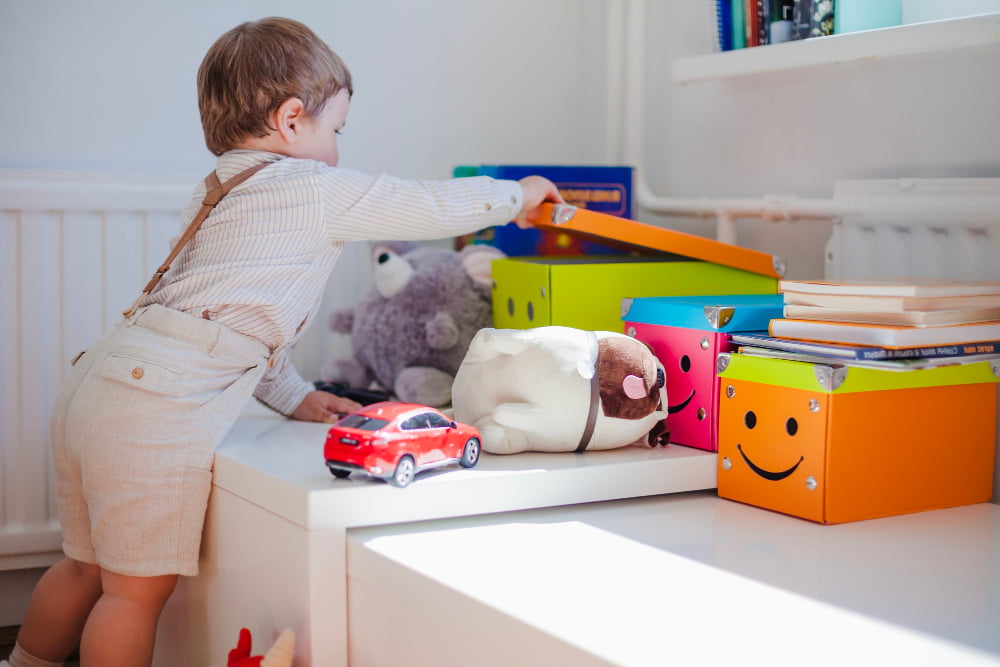
To ensure that toys don’t pile up over time and clutter your home again, it’s paramount to build a regular decluttering routine. This periodic activity could be monthly, quarterly, or biannually, depending on your child’s accumulation of toys.
Ensure this routine coincides with a notable event, like the change of seasons or school terms. This will not only make it easier to remember, but will also align with the introduction of new toys during Christmas or birthdays, managing the influx and keeping the amount of toys at bay.
Allow your child to partake in this routine. Gradually, they will understand the value of decluttering and can even begin to regulate the number of toys they have on their own, contributing to their sense of responsibility. Reinforce the idea that the routine allows for new toys to be accommodated, making it a positive and anticipatory event.
Remember, the success of this routine hinges on consistency and a commitment to keeping the play area stress-free and enjoyable.
Encouraging Kids to Maintain Organization
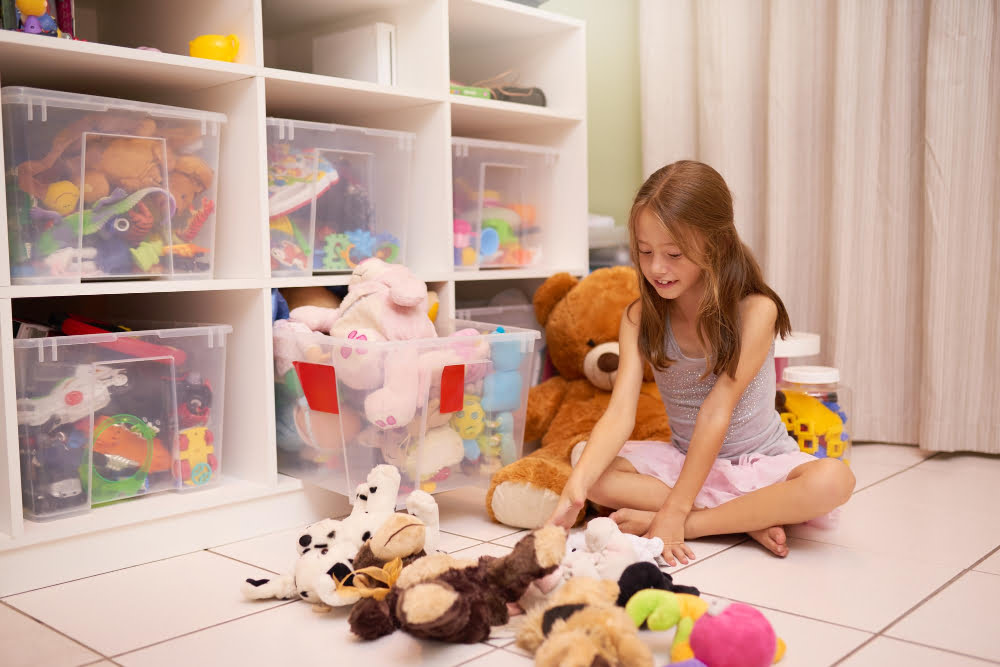
Guidance and positive reinforcement can play a huge role in helping children uphold organization in their playrooms. Start by showing them where each category of toys belongs and explain the benefits of putting things back in their rightful places. This not only eases the process of finding a particular item when needed, but also makes cleaning up quicker.
Get creative with the storage solutions. Color-coded bins, picture labels, and themed storage can make it easier for kids to understand where to put each toy. Toys that are used regularly should be within easy reach, whereas those used less frequently can be stored higher up or further back.
Include your children in the decision-making process for organizational solutions; this will give them ownership of the space and make them more likely to keep it tidy. For example, let them choose their own toy bins or decide on their labeling system.
Finally, remember to provide positive feedback when your child maintains the organization. Appreciating their efforts supports their understanding of the importance of a tidy play environment and motivates them to uphold these habits in the future.
FAQ
What is the 20 toy rule?
The 20 toy rule is a decluttering strategy in which children are encouraged to select and keep only their top 20 favorite toys, while the remaining items are stored away or discarded.
How do you declutter toys fast?
To declutter toys swiftly, dispose of broken or no longer usable items, limit the number of duplicate toys, and finally discard any that your child has outgrown.
What are the practical steps to implement a toy rotation system?
A toy rotation system can be implemented by sorting toys into different groups, storing them out of sight, and rotating them every few weeks, thus keeping the play environment clean and engaging for children.
How can parents involve their children in the decluttering process?
Parents can involve their children in the decluttering process by turning it into a game or challenge, assigning age-appropriate tasks, and valuing their opinions in decision-making.
What are the different categories to consider when sorting kids’ toys?
When sorting kids’ toys, consider categories such as educational toys, sentimental items, action figures/dolls, building and craft materials, outdoor and sports equipment, and electronic games.
Related Stories
- Effective Steps on How to Declutter Toys: A Comprehensive Guide
- Decluttering With Kids: Tips and Tricks to Make It Fun and Effective
- Room-by-Room Decluttering Guide: Tackle Your Home With Confidence
- Decluttering Strategies: Proven Techniques for Maintaining a Tidy Home
- Ultimate Guide to a Decluttering List: Simplify Your Life Today